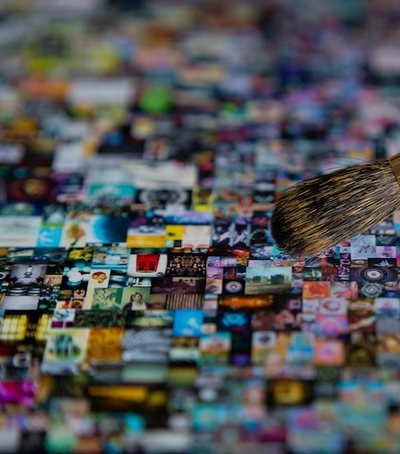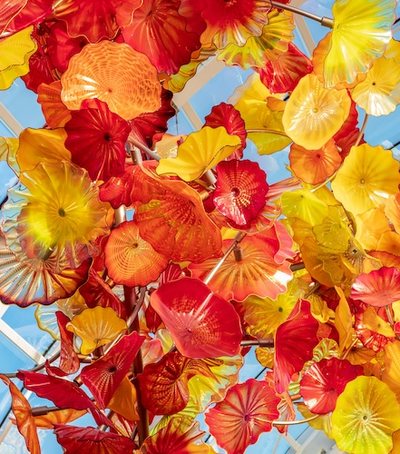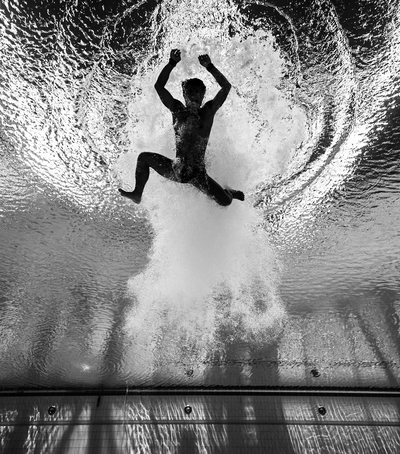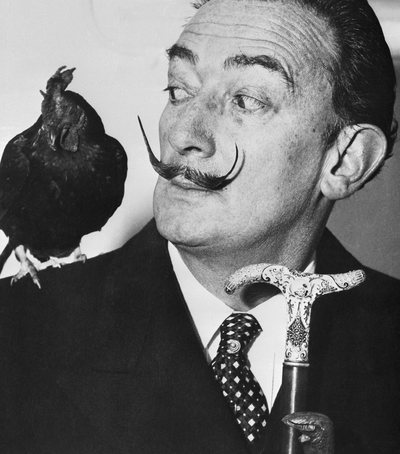
From MoMA Learning
(Museum of Modern Art, New York)
The birth of modernism and modern art is associated with the Industrial Revolution. This period of rapid change in manufacturing, transportation, and technology, which began around the mid-18th century and continued throughout the 19th century, profoundly affected social, economic, and cultural life in Western Europe, North America, and then throughout the world.
New forms of transportation, including railroads, steam engines, and subways, transformed the way people lived, worked, and traveled, broadening their view of the world and giving them access to new ideas. As urban centers flourished, workers flocked to cities to work in industry, and urban populations grew significantly.
Before the 19th century, artists were usually commissioned by wealthy patrons or institutions such as churches to produce works that often depicted religious or mythological scenes, with the aim of instructing the viewer.
During the 19th century, many artists began to create works based on their personal experiences and on themes of their own choosing. With the publication of The Interpretation of Dreams by psychologist Sigmund Freud in 1899, and the popularization of the idea of the unconscious mind, many artists began to explore dreams, symbolism, and personal iconography as means of expressing their subjective experiences.
Challenging the notion that art should realistically represent the world, some artists experimented with the excessive use of color, unconventional materials, and new techniques and mediums. Among these mediums was photography, whose invention in 1839 brought radical possibilities for the representation and interpretation of reality.
Article source: https://www.moma.org/learn/moma_learning/themes/what-is-modern-art/
Image Credits:





